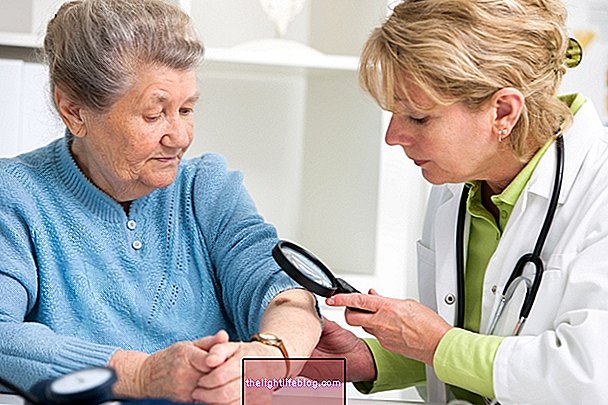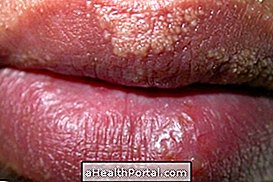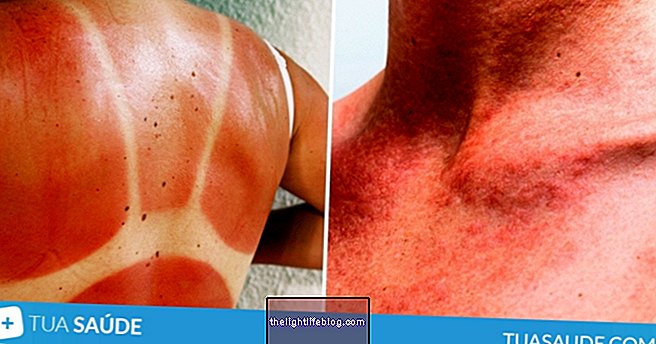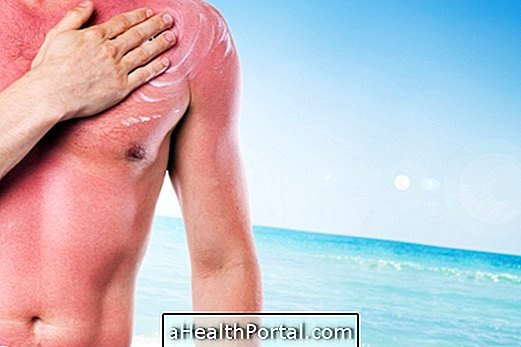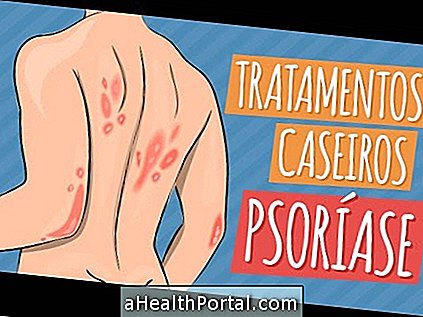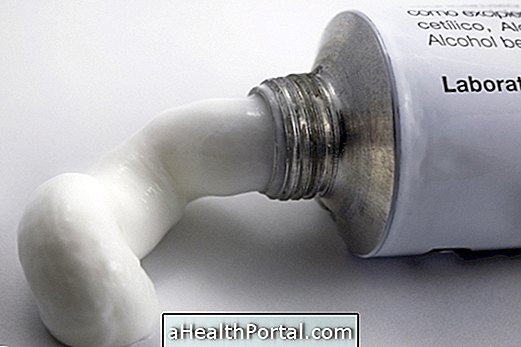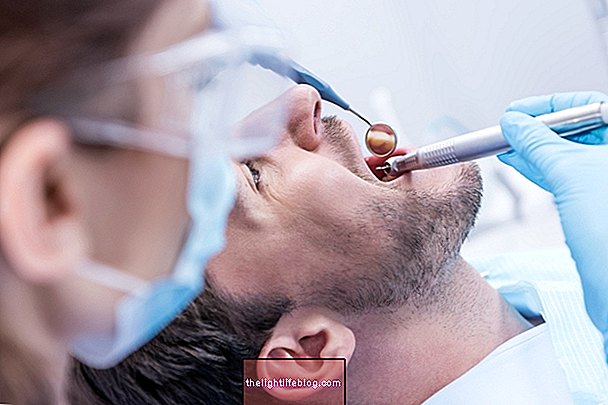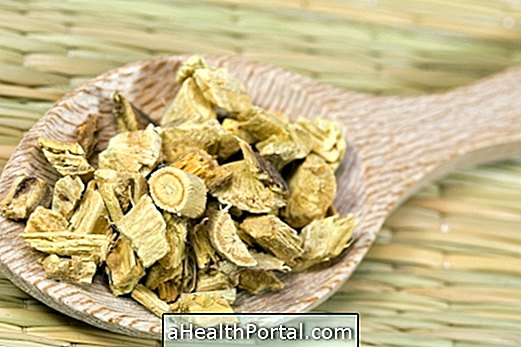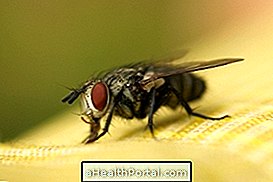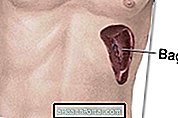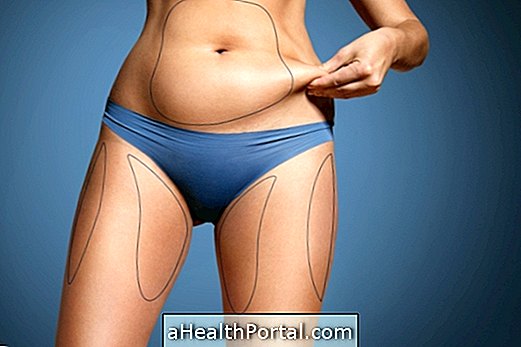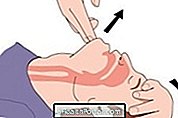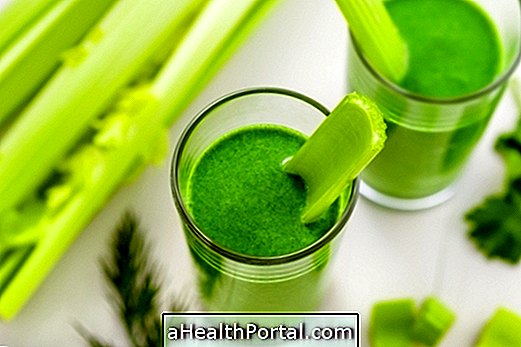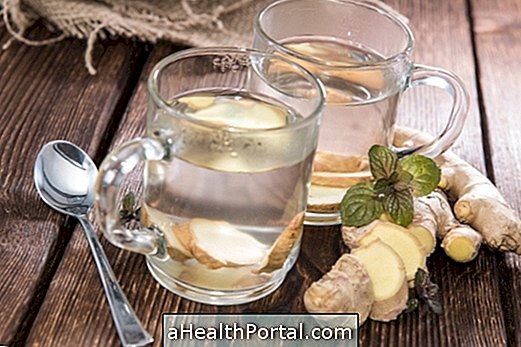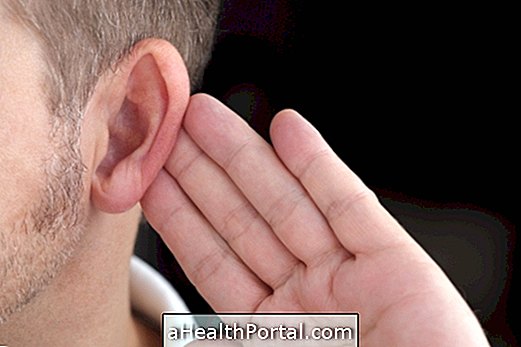Skin problems like rashes, scabies, dermatitis and psoriasis are usually treated with the use of creams and ointments that should be applied directly to the affected site.
In general, these products have anti-inflammatory properties and they stimulate the healing of the skin, also helping to relieve some symptoms like itching and redness. The type of product and the duration of treatment depends on the cause of the problem and should be supervised by the dermatologist.
1. Baby rashes
Rashes are common skin problems in babies due to the constant use of diapers and skin contact with urine and feces, and their symptoms are usually red, hot, sore, and ball-like skin.
What to do: Use ointments such as Bepantol, Hipoglós or Dermodex, which form a protective layer on the skin and stimulate healing. When changing the diaper, it is important to wipe off any remaining ointment on the skin and reapply the product. See other examples here.
2. Scabies
Scabies, also called scabies, is characterized by the appearance of red spots on the skin and itching, which increases mainly at night.
What to do: Ointments or creams containing permethrin, benzoyl peroxide or ivermectin should be applied throughout the body, such as Sarnilab, Acarsan and Benzotisan, according to medical advice. These medications are usually given for 3 days, then given a 7 day interval and then resumed use for another 3 days. See more in: Remedy for Human Scabies.
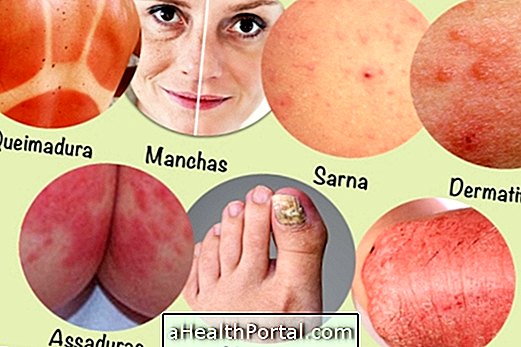
3. Burning
All types of burns must first be treated with the use of ointments, which can be effective in healing the skin and avoid scarring in cases of 1st degree burns, such as those caused by the sun or by water or hot objects, as long as it does not cause burns. bubble formation.
What to do: Apply ointments like Nebacetin, Esperson and Dermazine daily on the skin to moisturize tissues and reduce inflammation, disguising the scar. See more in How to Treat Burn Scar.
4. Skin blemishes
Skin blemishes are usually caused by age, excessive sunshine, use of chemicals, scars from illnesses or burns, and are usually difficult to treat.
What to do: Ointments like Dexpanthenol, Hypoglossus and Minorcan help lighten armpit and groin stains. For spots on the skin caused by the sun, you can use products like Triderm and Melani D. See other ways to lighten the skin.
Ringworm
Ringworm is a disease caused by fungi that can affect the skin, nails or scalp, causing itching and blemishes.
What to do: Apply ointments or spray lotions to the affected area for 3 to 4 weeks as directed by a physician. Some examples of products used are Ketoconazole, Miconazole and Naftifine. See more in Ringworm Treatment.
6. Atopic dermatitis
Atopic dermatitis is an inflammation of the skin that can appear at any age, causing symptoms such as swelling, redness, itching and peeling.
What to do: This disease has no cure but can be controlled with the use of ointments and steroid creams that stimulate healing prescribed by the dermatologist, such as betamethasone, dexamethasone and tacrolimus. See how the complete treatment is done.
7. Psoriasis
Psoriasis causes the appearance of wounds, itching, peeling, and in the most severe cases, red plaques appear on the skin. This disease has no specific cause and there is no cure, just symptom control.
What to do: Psoriasis treatment includes the use of moisturizing creams and anti-inflammatory ointments, which also decrease itching and stimulate healing, such as Antraline and Daivonex. Learn how psoriasis treatment is done.
It is important to remember that any skin problem should be treated with the advice of the dermatologist, as the products can cause side effects, allergies or cause blemishes when used in the wrong way.
